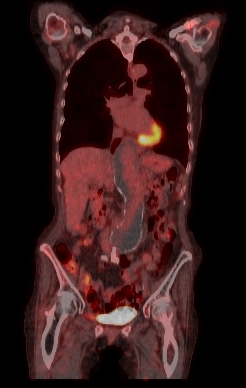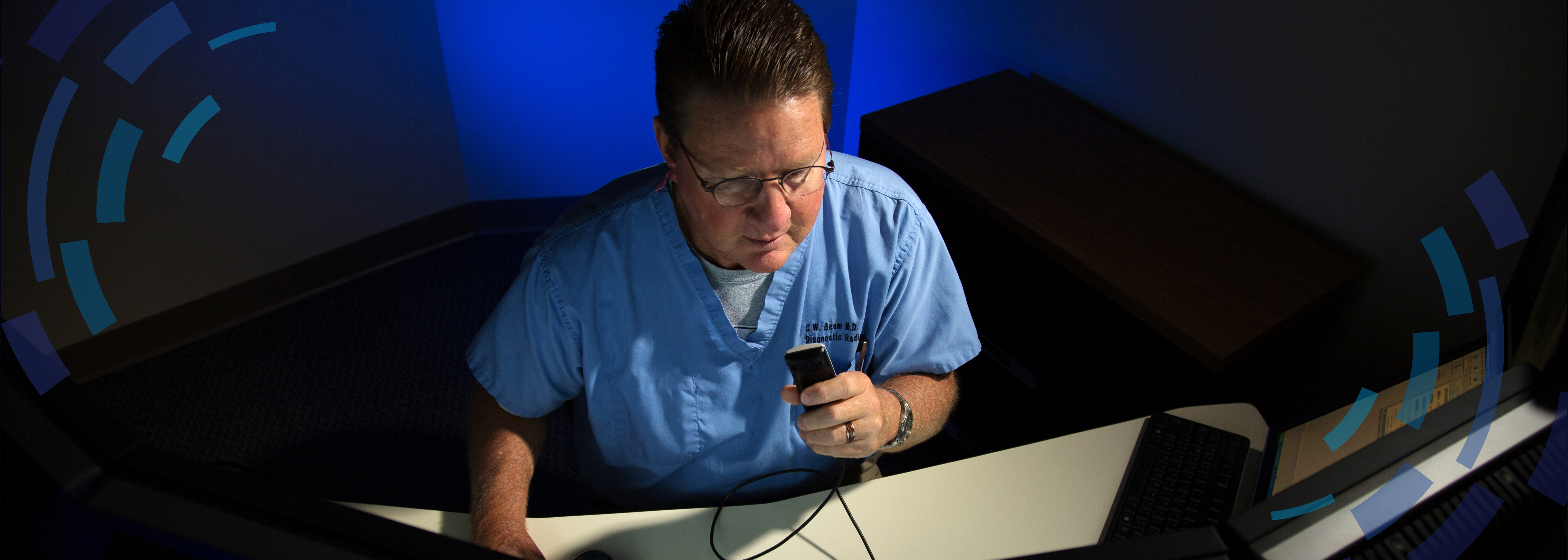
Nuclear medicine is a medical specialty that uses radioactive tracers (radiopharmaceuticals) to assess bodily functions and to diagnose and treat disease. Specially designed cameras allow doctors to track the path of these radioactive tracers. Single Photon Emission Computed Tomography or SPECT and Positron Emission Tomography or PET scans are the two most common imaging modalities in nuclear medicine.
A few indications for nuclear medicine examination include:
- Evaluation of coronary artery disease and heart blood flow
- Detection of pulmonary emboli (blood clots) in the lungs
- Evaluation for metastatic bone disease, fractures, bone infections, and arthritis
- Assessment of painful joint replacement hardware
- Detection of neurologic disorders
- Assessment of gallbladder function
- Evaluation of thyroid disease
Click HERE to learn more about nuclear medicine.
What is a PET scan?
PET scans use a radiopharmaceutical, a special camera, and computer software to detect changes in metabolism at the cellular level. When performed concomitantly with CT, the images can be “fused.” Fusion allows for more precise identification and localization of disease.
PET and PET/CT scans are performed to:
- Detect cancer
- Determine whether a cancer has spread in the body
- Assess the effectiveness of a treatment plan, such as cancer therapy
- Determine if a cancer has returned after treatment
- Determine blood flow to the heart muscle
- Determine the effects of a heart attack, or myocardial infarction, on areas of the heart
- Identify areas of the heart muscle that would benefit from a procedure such as angioplasty or coronary artery bypass surgery (in combination with a myocardial perfusion scan)
- Evaluate brain abnormalities, such as tumors, memory disorders, seizures and other central nervous system disorders
- Map normal human brain and heart function
Click HERE to learn more about PET scans.



